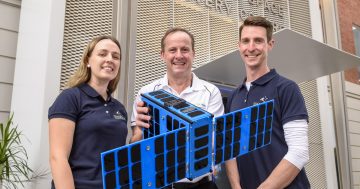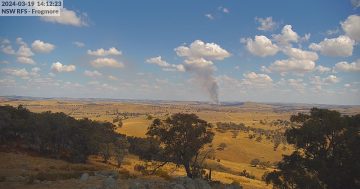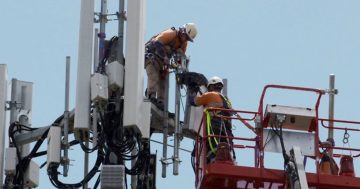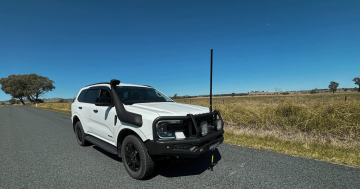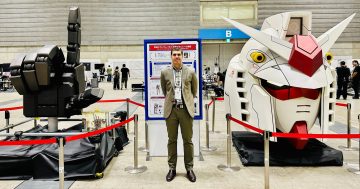Dr Simon Egerton* says new developments in the Internet of Things have the capacity to change the way we gather and use data forever.
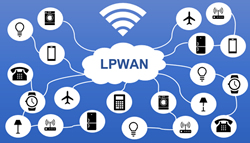 We’ve heard about the “internet of things” (IoT), perhaps as part of a long list of new technology that seems to be taking over our lives.
We’ve heard about the “internet of things” (IoT), perhaps as part of a long list of new technology that seems to be taking over our lives.
But is it really that useful to us?
The IoT is a giant network of connected “things”, including electronic devices, home appliances and mobile phones; basically any physical object that features an IP address for internet connectivity.
These items essentially “talk” to each other, gathering data and providing us with information.
Although a lot of IoT commentary focuses on indulgent appliances invading our lives — like smart fridges that tell us when we’re running low on milk — it can also help us solve pressing problems.
For example, put an internet-enabled sensor in your elderly mother’s kitchen and see whether she gets up for her morning cup of tea.
Attach an internet-enabled sensor to a nest and see how often it’s visited by the local endangered birds.
Or fix an internet-enabled sensor inside the lid of a public bin to see whether it needs emptying.
The IoT can also help us lead healthier lives.
Leave the car at home and plan a comfortable walk to the office with a route planner informed by a city-wide network of internet-enabled weather sensors.
So why can’t we just use our regular internet connection to find these things out?
As we know, devices can connect to the internet using a range of communications technologies, such as Wi-Fi, Bluetooth and the global system for mobile communications (GSM).
But now there’s a whole range of new and emerging technologies — collectively called low power wide area networks (LPWAN) — that have two big advantages: they’re both low power and long range.
We won’t be connecting our phones to them — they’re extremely slow by modern standards — but they do enable us to keep weather sensors and wildlife counters, which don’t use a lot of data, ticking over for many years on a couple of AA batteries.
Devices that use LPWAN technology to connect to the internet are also cheap, making sensors in public rubbish bins and bird nests all over the place possible.
And, because of LPWAN’s long range, they don’t need to be anywhere near a Wi-Fi network.
Public LPWAN IoT gateways enabling this technology are popping up everywhere in Australia.
The IoT, and especially LPWAN IoT, has the capacity to change the way we gather and use data forever.
Rather than viewing it as unnecessary, we should wholeheartedly embrace it.
* Dr Simon Egerton is head of the Technology and Innovation Lab at La Trobe University.
This article first appeared at www.hepburnadvocate.com.au.


